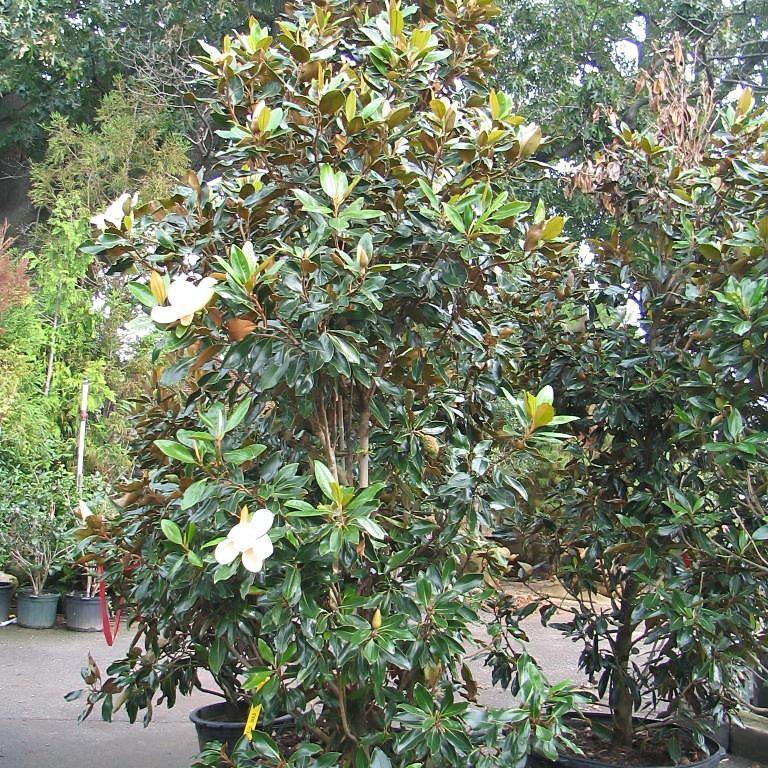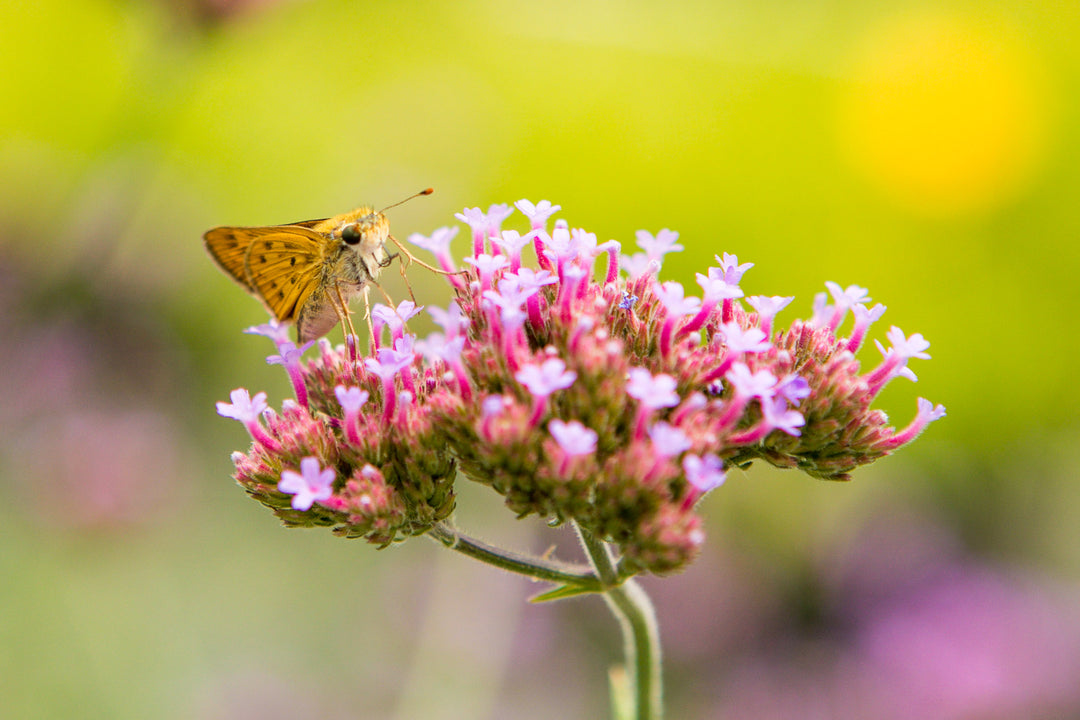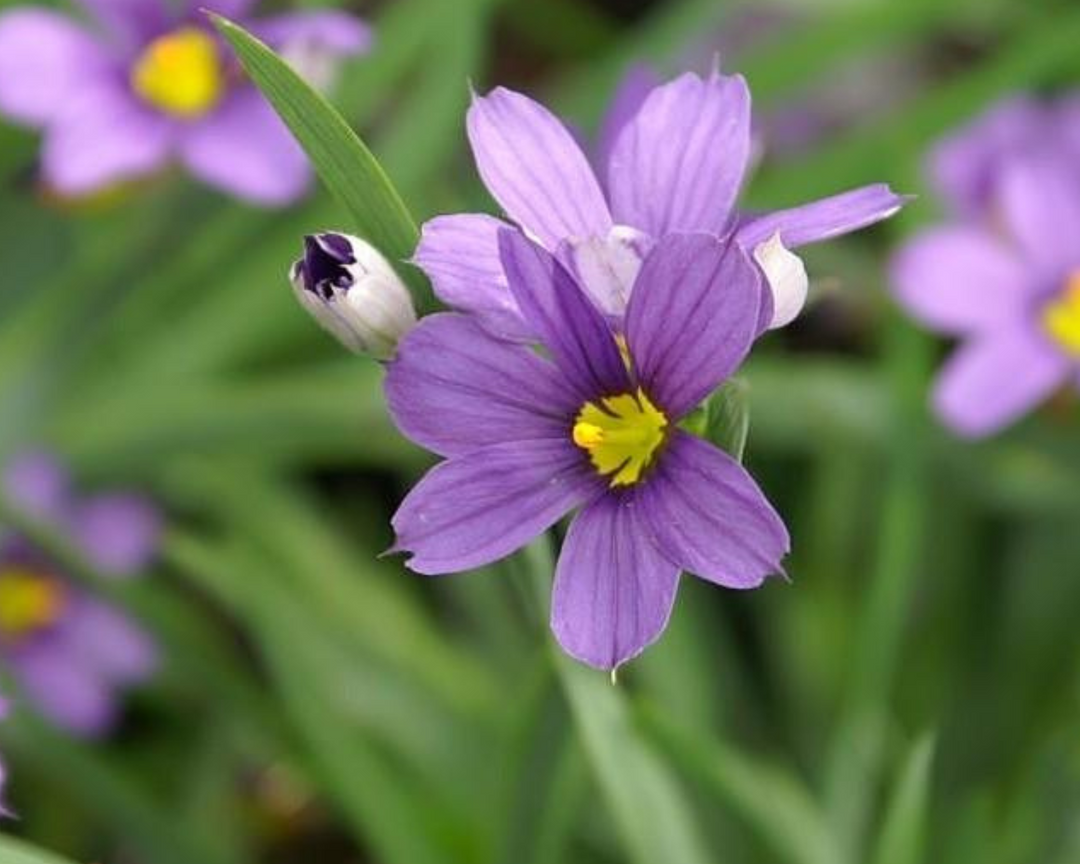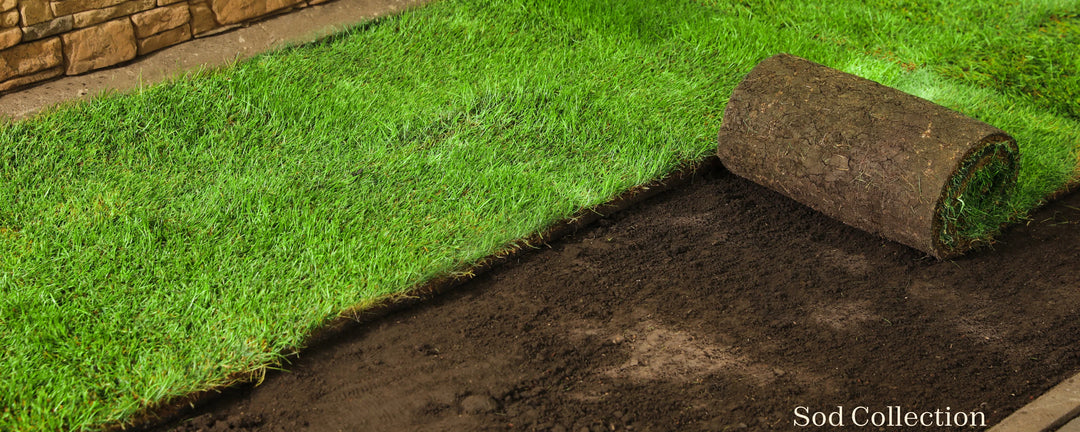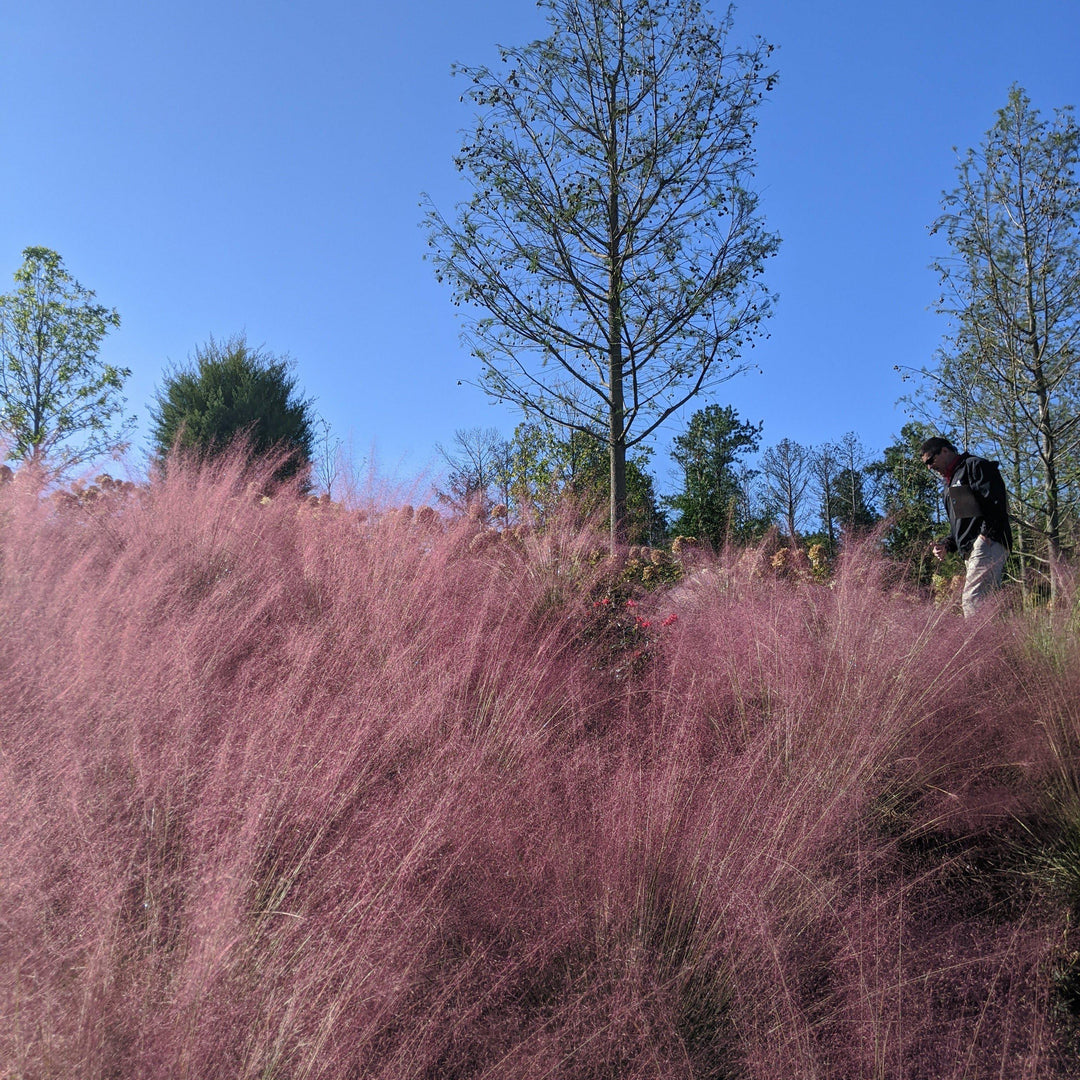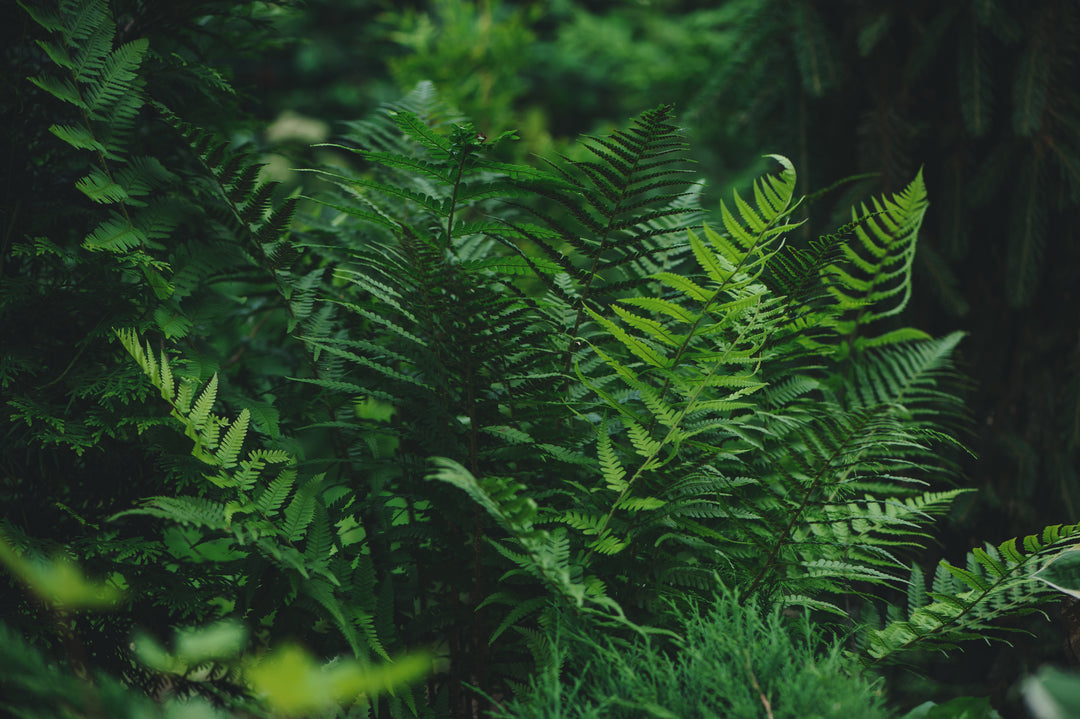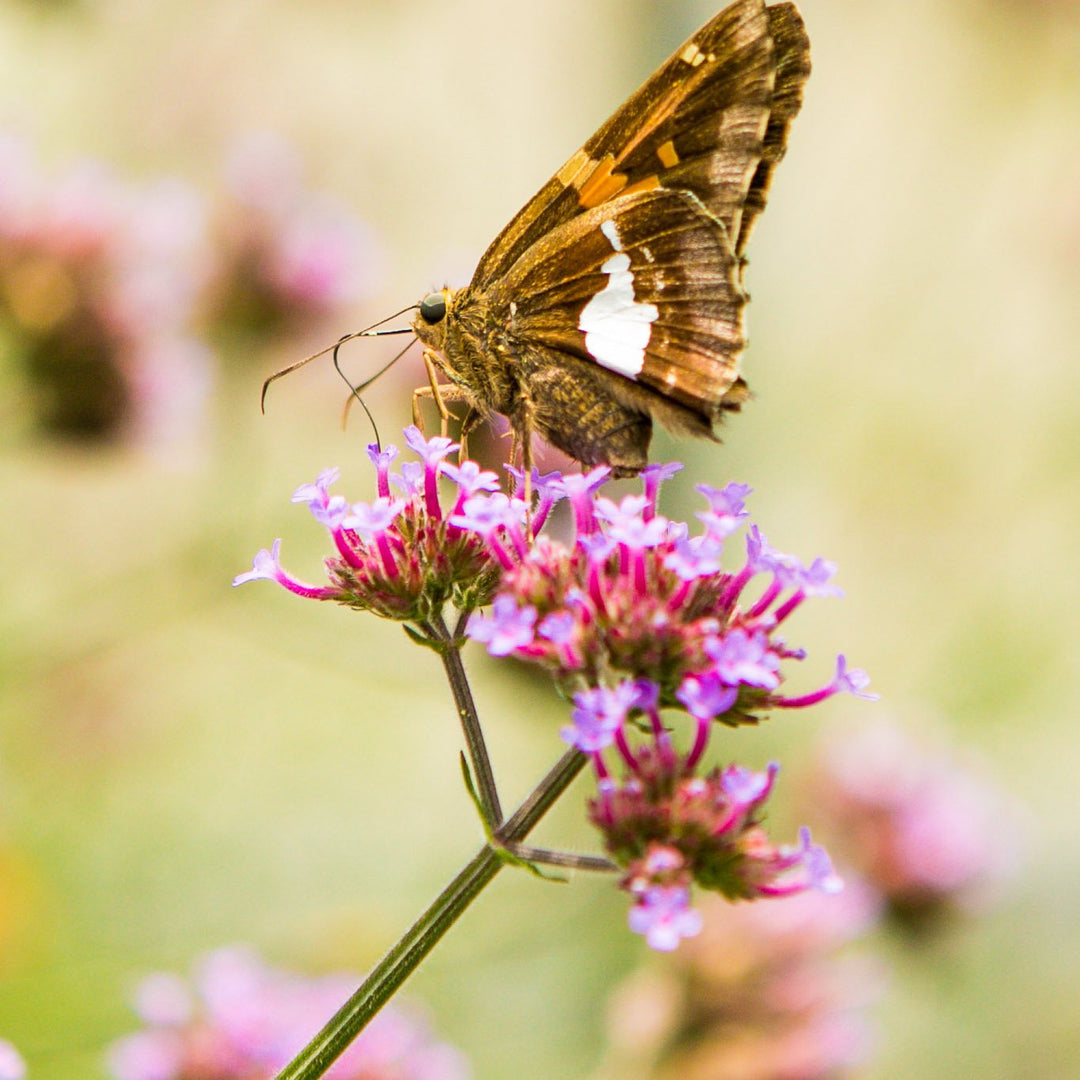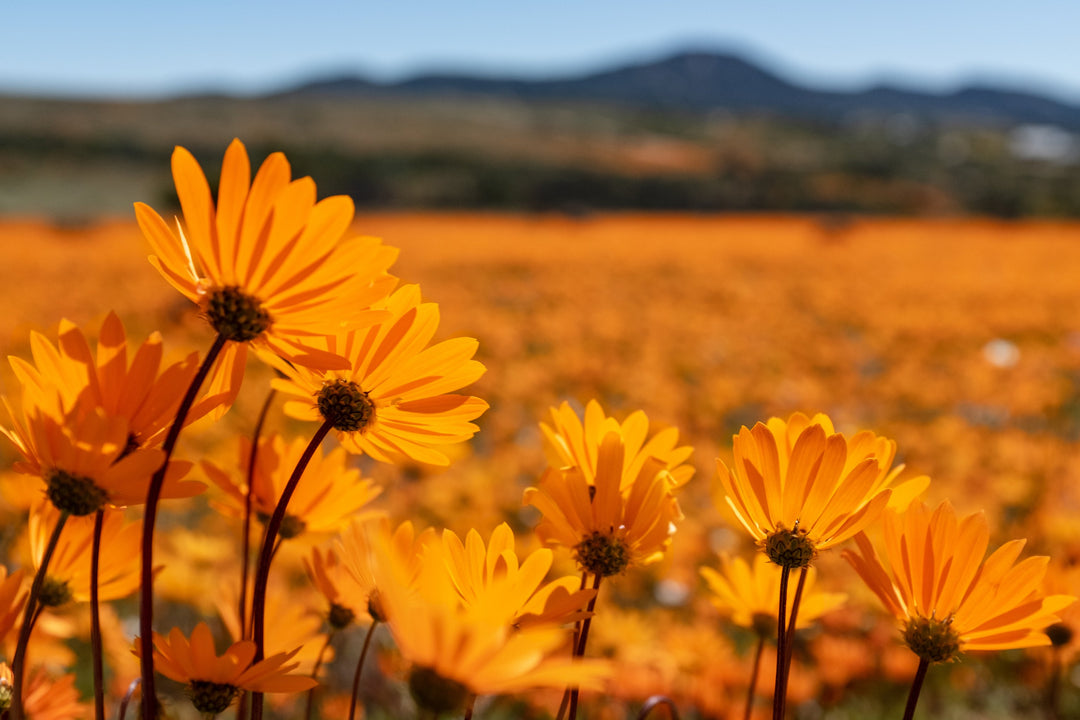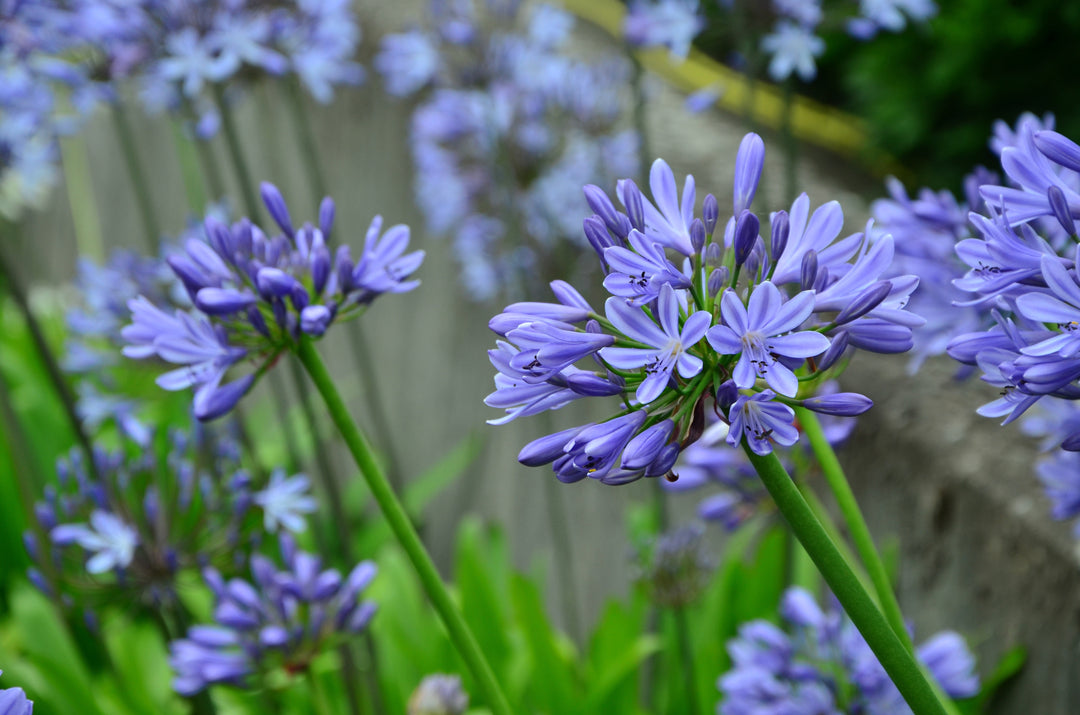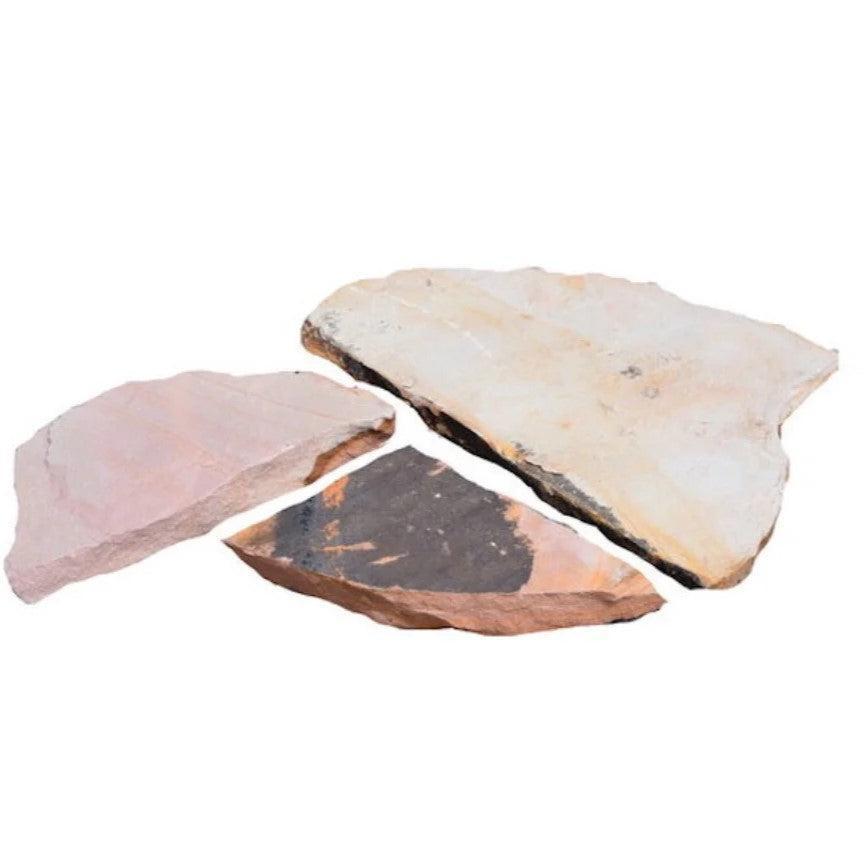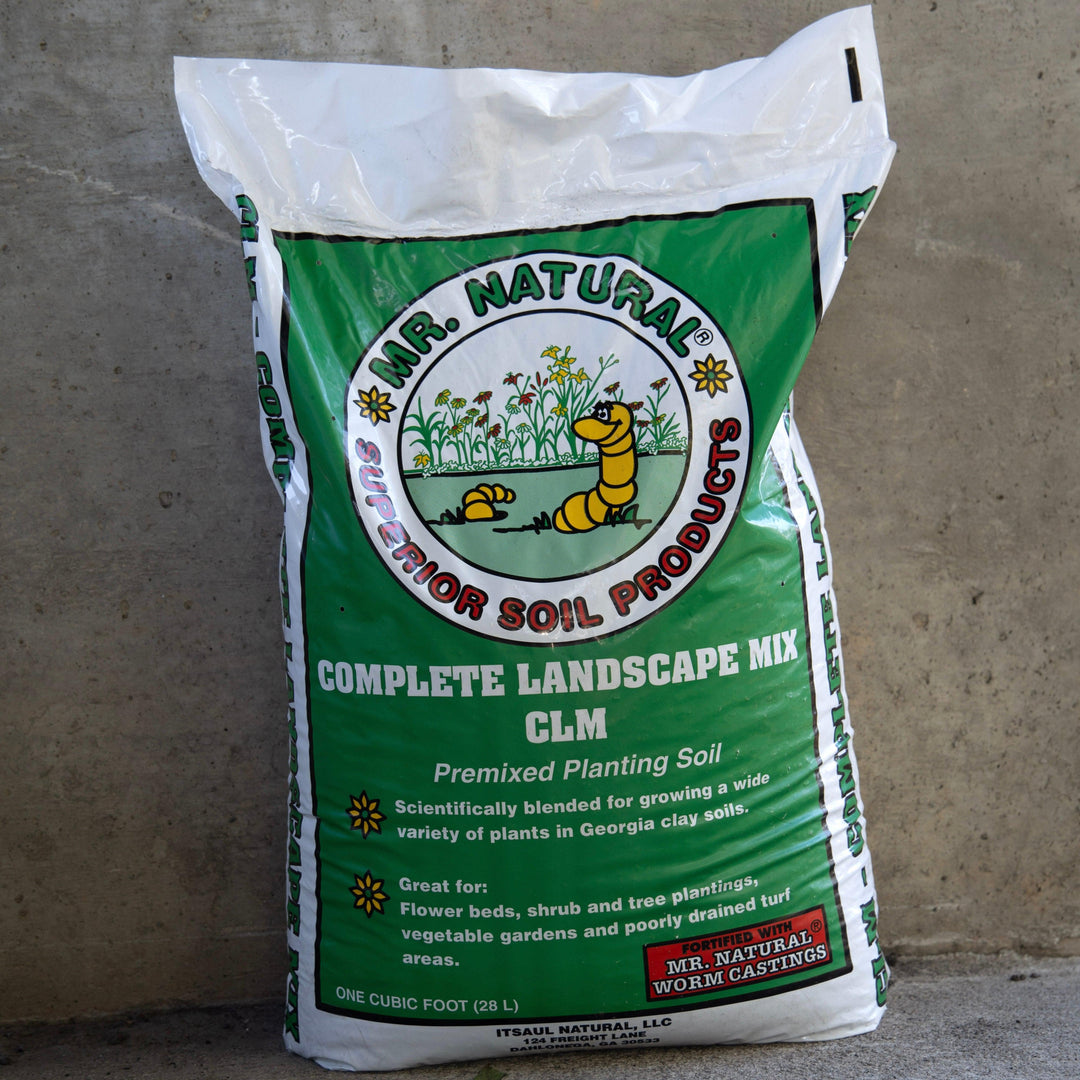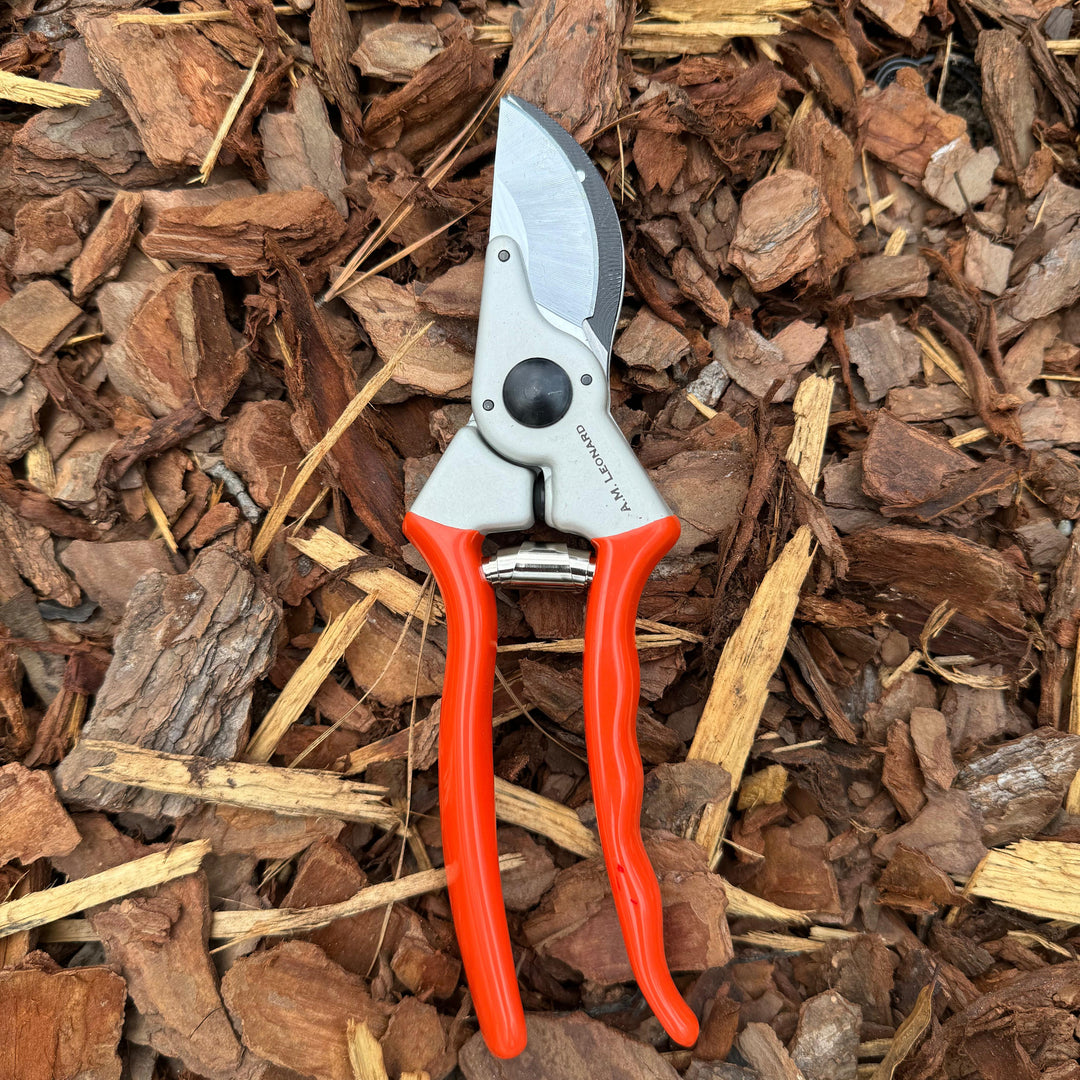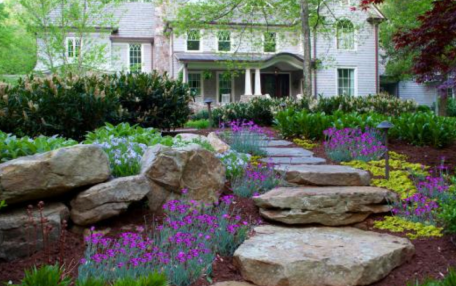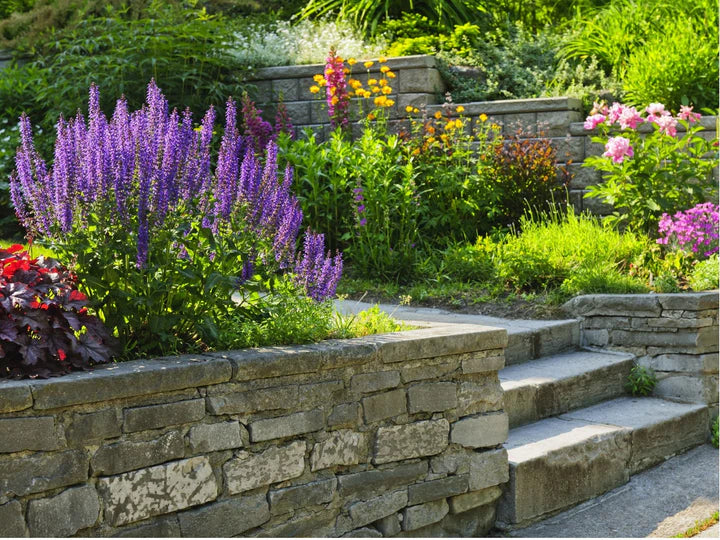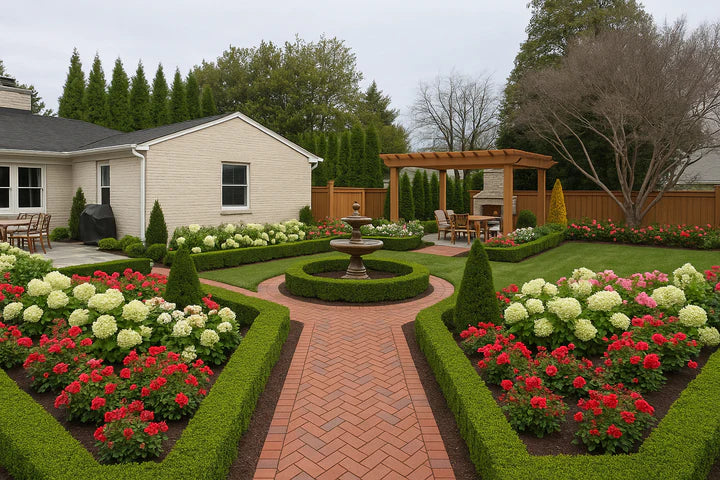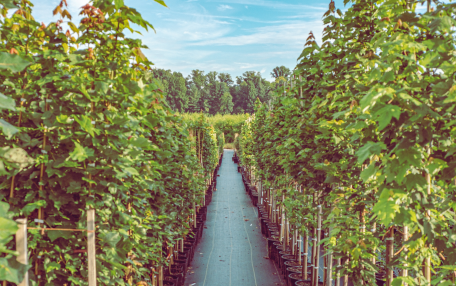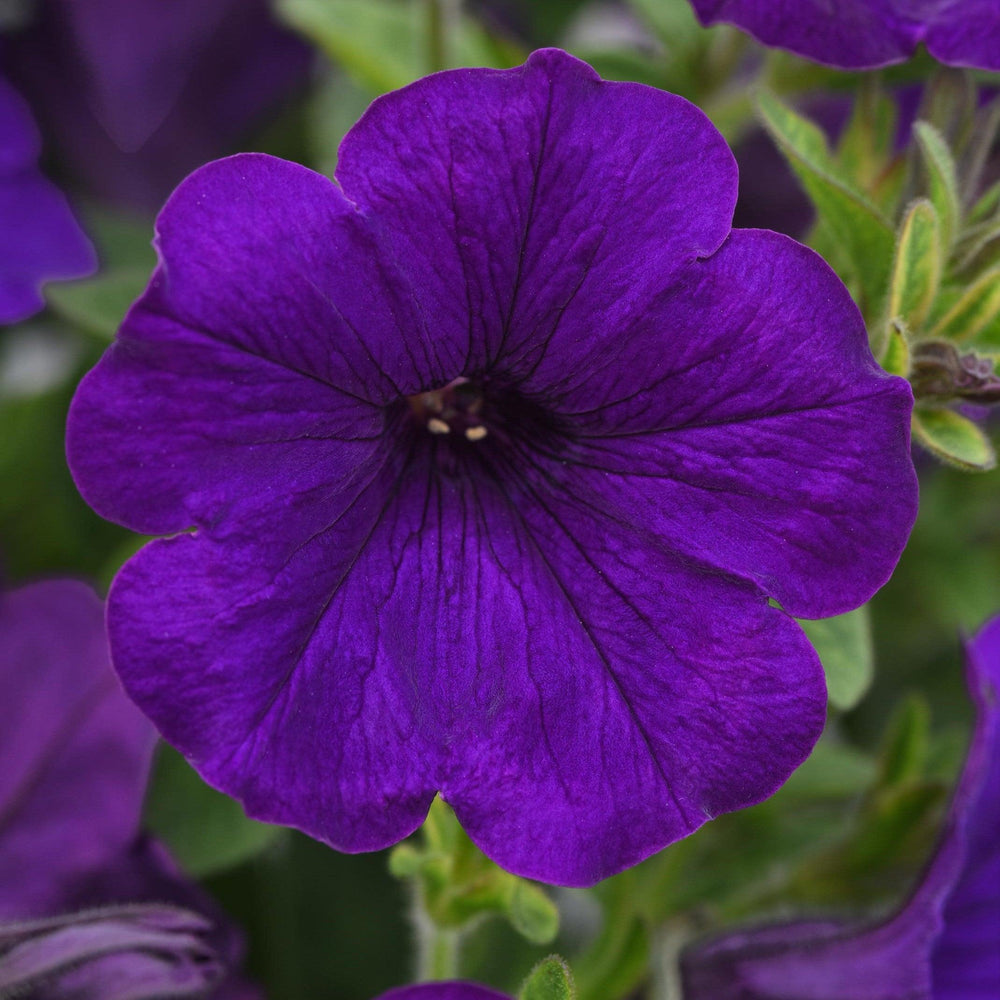Muhlenbergia: The Beauty of Muhly Grass in Your Garden
Muhlenbergia, commonly known as Muhly grass, is a versatile and stunning group of ornamental grasses that can add elegance and visual interest to your garden. With a range of common species and captivating cultivars, Muhly grasses are a favorite among garden enthusiasts. In this comprehensive blog, we'll explore different common species, suggest ten popular cultivars, and provide a care guide to help you make the most of these graceful grasses in your landscape.

Common Muhlenbergia Species:
Muhlenbergia capillaris (Pink Muhly Grass): Renowned for its delicate, billowy pink plumes that appear in late summer and fall. Its fine, arching foliage provides a stunning contrast to the vibrant blooms.
Muhlenbergia lindheimeri (Lindheimer's Muhly): Featuring airy, silvery plumes and blue-green foliage, this native Texan grass adds a touch of rustic beauty to your garden. Its drought tolerance makes it a water-wise choice.
Muhlenbergia rigens (Deergrass): A versatile grass known for its graceful fountain-like form and a knack for attracting wildlife. Deergrass is an excellent choice for xeriscaping and naturalistic landscapes.
Popular Muhlenbergia Cultivars on ServeScape:
- Muhlenbergia capillaris 'White Cloud': A unique variety that flaunts clouds of snowy white plumes, creating a serene and ethereal ambiance in your garden.
- Muhlenbergia capillaris 'Ivrine': This stunning variety known for its abundant, feathery, plum-colored plumes that sway gracefully in the breeze, adding a splash of color and texture to any landscape.
- Muhlenbergia reverchonii 'Undaunted': A resilient variety known for its ruby-red plumes and ability to thrive in a variety of conditions, making for a low-maintenance yet visually striking addition to their landscape.

Caring for Your Muhlenbergia:
- Sunlight:Muhlenbergia thrives in full sun but can tolerate light shade. Ensure they receive at least six hours of direct sunlight each day.
- Soil: Well-draining soil is crucial for Muhly grass. These grasses are quite adaptable, but they prefer slightly acidic to neutral soil.
- Watering: Once established, Muhly grasses are moderately drought-tolerant. Water regularly during the growing season, but avoid overwatering.
- Pruning: In late winter or early spring, trim back Muhly grass to a few inches above the ground to encourage fresh growth and prevent legginess.
- Fertilization: Muhly grasses generally don't require heavy fertilization. A balanced, slow-release fertilizer in spring is sufficient.
- Pest and Disease Management: Muhlenbergia is relatively pest and disease-resistant. Keep an eye out for aphids or rust, but they are rarely serious issues.
Muhlenbergia grasses are a true asset to your garden, adding beauty, texture, and movement to your outdoor space. By understanding the different species, exploring popular cultivars, and following our care guide, you can enjoy the splendor of Muhly grasses throughout the seasons. Whether you choose the airy pink plumes of Muhlenbergia capillaris or the elegant silver plumes of Muhlenbergia lindheimeri, your garden will undoubtedly benefit from these versatile and enchanting grasses.

